ORGB4 4th Edition by Debra L. Nelson – Test Bank
1. Attitudes are an important factor in organizational behavior because:
a. they are not measurable.
b. they are responsible only for the negative behavior of employees at work. c. they are closely linked to behavior.
d. they can be measured only by observation.
ANSWER: c
DIFFICULTY: Easy
LEARNING OBJECTIVES: ORGB.NELS.15.04.01
NATIONAL STANDARDS: United States – BUSPROG: Analytic
STATE STANDARDS: United States – Ohio – DISC: Leadership Principles
KEYWORDS: Bloom’s: Knowledge
2. An individual’s psychological tendency expressed by evaluating an entity with some degree of favor or disfavor reflects:
a. an attitude. b. one’s mood. c. values.
d. ethics.
ANSWER: a
DIFFICULTY: Easy
LEARNING OBJECTIVES: ORGB.NELS.15.04.01
NATIONAL STANDARDS: United States – BUSPROG: Analytic
STATE STANDARDS: United States – Ohio – DISC: Leadership Principles
KEYWORDS: Bloom’s: Knowledge
3. Which of the following sentences is NOT an indication of affect?
a. He believes that young employees are error-prone. b. She dislikes eating lunch in the company cafeteria. c. He prefers group discussion.
d. She likes the new phone system.
ANSWER: a
DIFFICULTY: Moderate
LEARNING OBJECTIVES: ORGB.NELS.15.04.01
NATIONAL STANDARDS: United States – BUSPROG: Analytic
STATE STANDARDS: United States – Ohio – DISC: Leadership Principles
KEYWORDS: Bloom’s: Application
4. Asking an employee whether he or she would use a new computer software package is an attempt to determine:
a. affect.
b. cognition.
c. the emotional component of attitude. d. behavioral intention.
ANSWER: d
DIFFICULTY: Moderate
LEARNING OBJECTIVES: ORGB.NELS.15.04.01
NATIONAL STANDARDS: United States – BUSPROG: Reflective Thinking STATE STANDARDS: United States – Ohio – DISC: Leadership Principles KEYWORDS: Bloom’s: Application
5. When one’s attitudes and required job behavior conflict, may occur. a. affect
b. attitude consonance c. social learning
d. cognitive dissonance
ANSWER: d
DIFFICULTY: Easy
LEARNING OBJECTIVES: ORGB.NELS.15.04.01
NATIONAL STANDARDS: United States – BUSPROG: Analytic
STATE STANDARDS: United States – Ohio – DISC: Individual Dynamics
KEYWORDS: Bloom’s: Knowledge
6. Attitudes are learned and two major influences include:
a. repeated behavior and emotions.
b. direct experience and social learning.
c. cognitive dissonance and negative affectivity. d. moods and emotional intelligence.
ANSWER: b
DIFFICULTY: Easy
LEARNING OBJECTIVES: ORGB.NELS.15.04.02
NATIONAL STANDARDS: United States – BUSPROG: Analytic
STATE STANDARDS: United States – Ohio – DISC: Leadership Principles
KEYWORDS: Bloom’s: Knowledge
7. A major reason why attitudes derived from direct experience are so powerful is because:
a. such attitudes are not resistant to change.
b. they are easily accessed and are active in our cognitive processes.
c. they are accessible through the left part of the brain which is more intuitive. d. of the behavioral intention component of an attitude.
ANSWER: b
DIFFICULTY: Easy
LEARNING OBJECTIVES: ORGB.NELS.15.04.02
NATIONAL STANDARDS: United States – BUSPROG: Analytic
STATE STANDARDS: United States – Ohio – DISC: Leadership Principles
KEYWORDS: Bloom’s: Knowledge
8. The attitude-behavior connection is much closer when:
a. attitudes are general.
b. attitude measurement is done very close to the behavior of interest. c. one’s personality exhibits high self-monitoring.
d. the social context doesn’t reinforce the relationship between attitudes and behavior.
ANSWER: b
DIFFICULTY: Moderate
LEARNING OBJECTIVES: ORGB.NELS.15.04.02
NATIONAL STANDARDS: United States – BUSPROG: Analytic
STATE STANDARDS: United States – Ohio – DISC: Leadership Principles
KEYWORDS: Bloom’s: Comprehension
9. Assume you are a supervisor who strongly endorses keeping an open line of communication with your employees.
You always keep your office door open, and you instruct your secretary to not screen phone calls from employees. These conditions include:
a. attitude specificity.
b. cognitive dissonance.
c. little connection between attitudes and appropriate behavior. d. non-compliance with social constraints.
ANSWER: a DIFFICULTY: Challenging LEARNING OBJECTIVES: ORGB.NELS.15.04.02
NATIONAL STANDARDS: United States – BUSPROG: Reflective Thinking STATE STANDARDS: United States – Ohio – DISC: Leadership Principles KEYWORDS: Bloom’s: Application
10. If an individual from a country holds a negative attitude toward women in management because of a cultural belief system, but does not reflect behavior consistent with that attitude in a group, the link between the attitude-behavior is probably weak because:
a. the measurement timing is poor. b. of social constraints.
c. the individual is a low self-monitor. d. of low attitude relevance.
ANSWER: b
DIFFICULTY: Moderate
LEARNING OBJECTIVES: ORGB.NELS.15.04.02
NATIONAL STANDARDS: United States – BUSPROG: Analytic
STATE STANDARDS: United States – Ohio – DISC: Leadership Principles
KEYWORDS: Bloom’s: Application

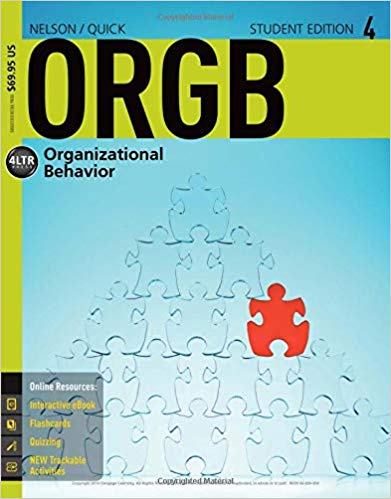

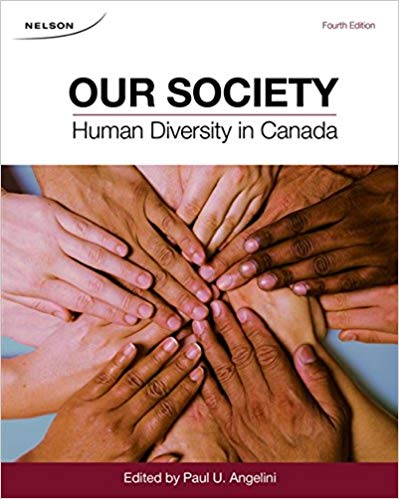


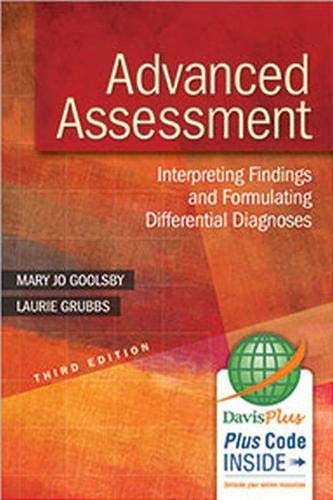


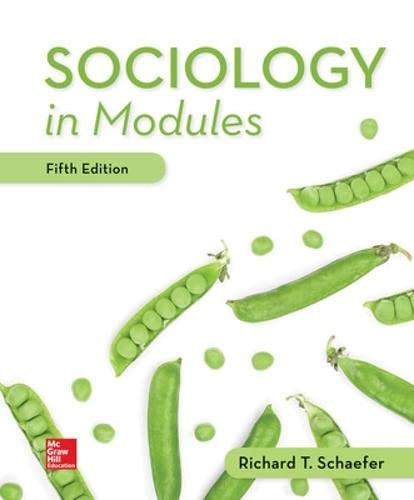

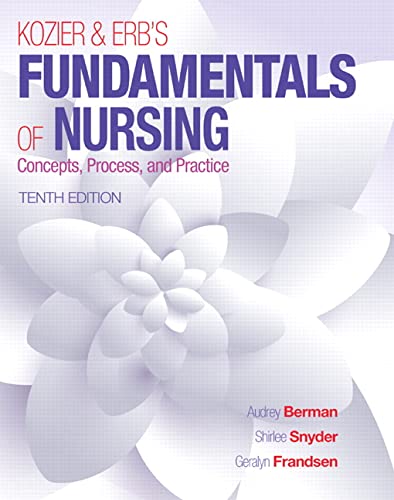


Reviews
There are no reviews yet.